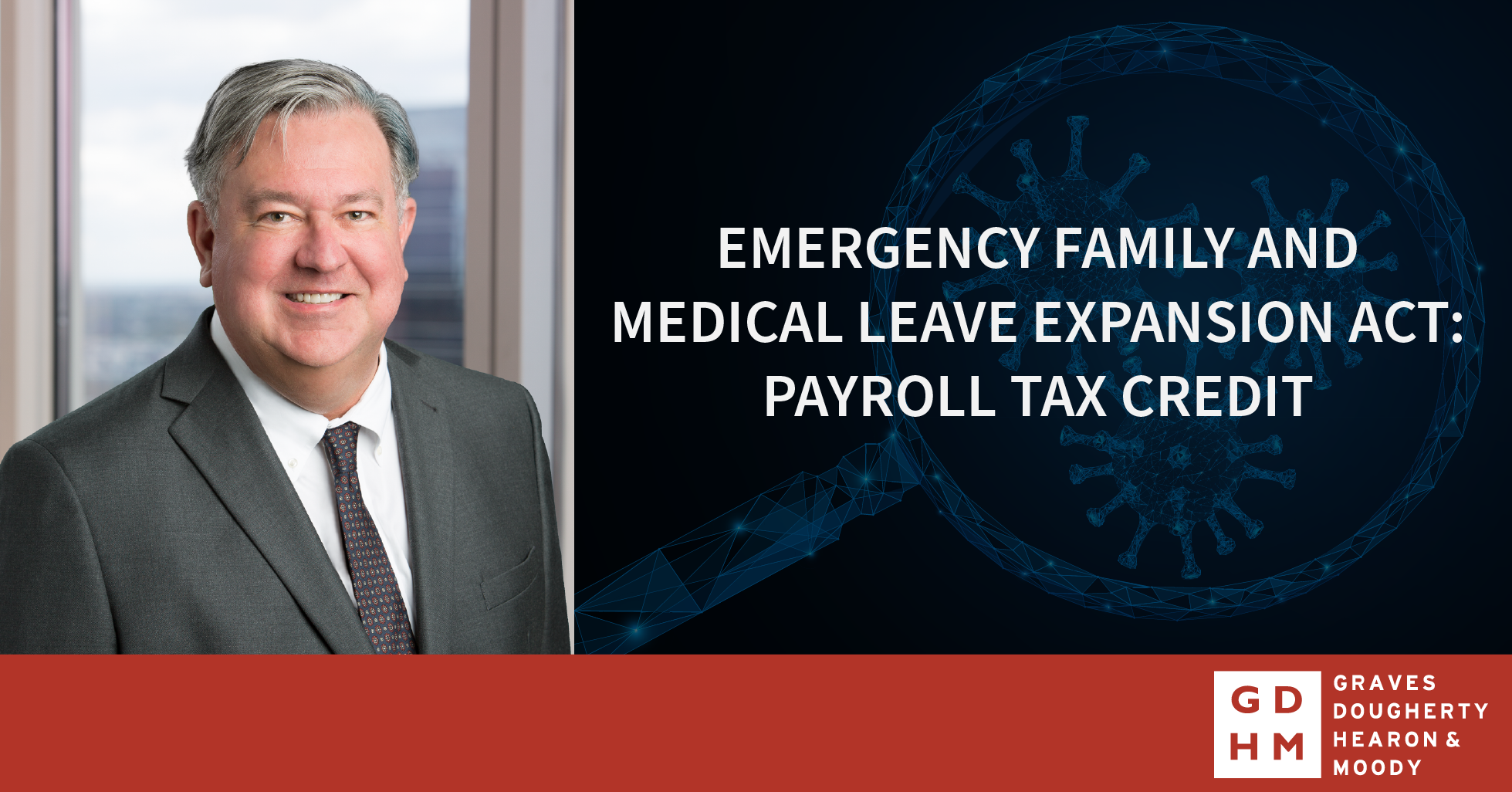
The Emergency Family and Medical Leave Expansion Act (the “EFMLEA”) division of the Families First Coronavirus Response Act (the “Act”) requires employers with fewer than 500 employees to provide both paid and unpaid leave (with an administrative exemption for less-than-50-employee businesses that the leave mandate puts in jeopardy).
- When is Leave Required: The leave generally is available when an employee must take off to care for the employee’s child under age 18 because of a COVID-19 emergency declared by a federal, state, or local authority that either:
(a) Closes a school or childcare place, or
(b) Makes a childcare provider unavailable.
Generally, the first 10 days of leave can be unpaid and then paid leave is required, pegged to the employee’s pay rate and pay hours. - Paid Leave Limits: The paid leave can’t exceed $200 per day and $10,000 in the aggregate per employee.
- Application of Payroll Family Leave Credit: Similar to the credit provided by the EPSLA, the credit under the EFMLEA – the “Payroll Family Leave Credit” – is against the employer’s 6.2% portion of the Social Security (OASDI) payroll tax (or against the Railroad Retirement tax) and generally tracks the $200/$10,000 per employee limits described above.
- Payroll Family Leave Credit Period: The credit applies to wages paid in the following period:
(a) Beginning on a date determined by IRS that is no later than April 2, 2020, and
(b) Ending on December 31, 2020.
IRS Information Site: Ongoing information on the IRS and tax legislation response to COVID- 19 can be found here.
Frank L. Leffingwell is a tax attorney in the firm’s Tax Planning & Controversy, Estate Planning, Probate & Trusts, and Real Estate sections.